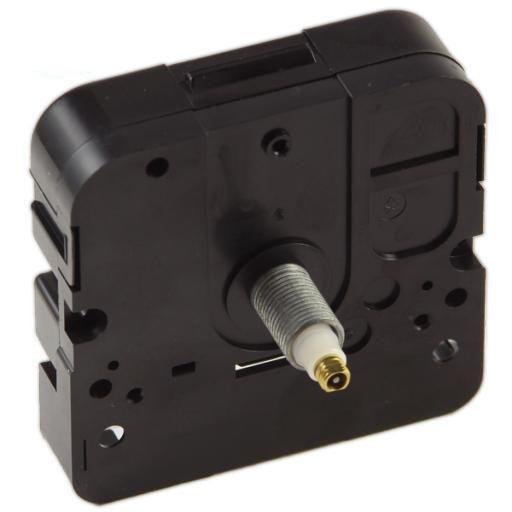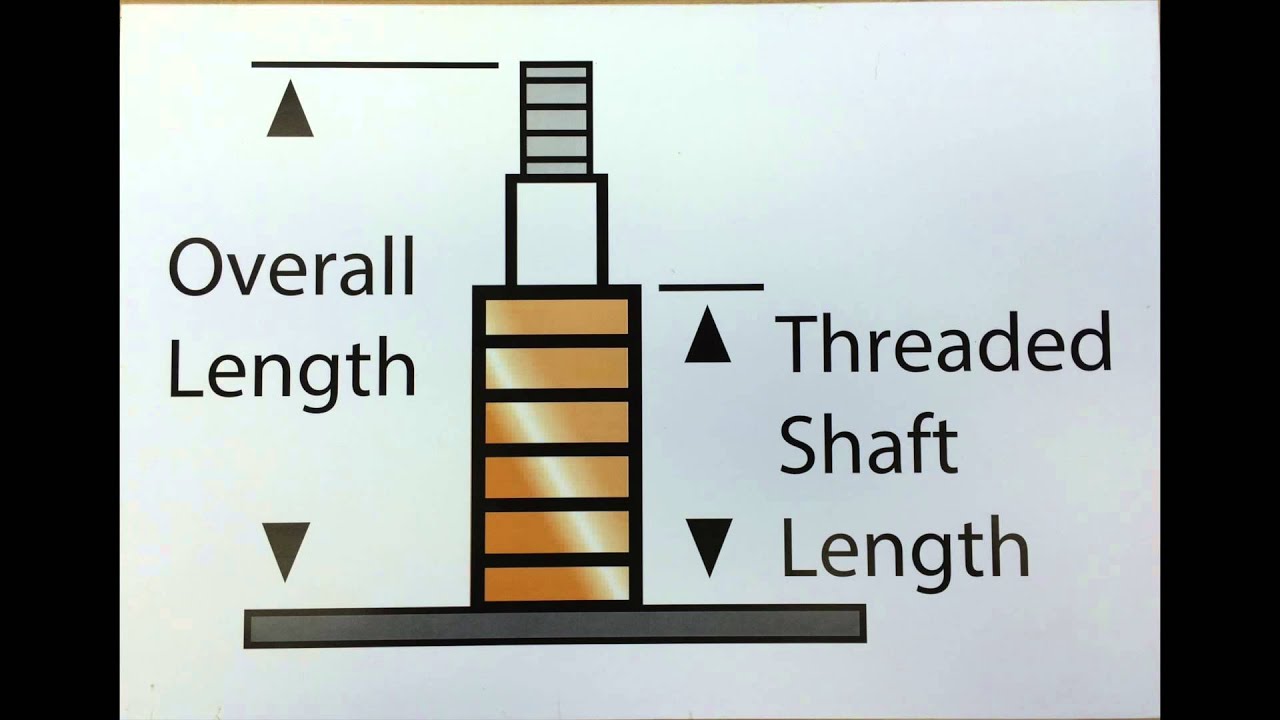Quartz Clock Movements Open Your Vistas

Quartz clock movements are the modern digital matching of typical, mechanical nerve center for timekeeping. But quartz clock movements (additionally called clock motors) have no springtimes, weights, wheels, or gears to track time; rather, the quartz crystal produces a stream of pulses that are extremely quickly and extremely stable, indicating that checking and partitioning the pulses offers an accurate measure of elapsed time. Let us see exactly how these wonderful tools can open a brand-new world to you.
Non-quartz clock movements run mechanically, utilizing rotational force to transform a flywheel and a series of equipments to determine private time devices (i.e., seconds). Without regulation, the flywheel would certainly rotate as well quick, which is where pendulums and escapement mechanisms come in. The pendulum is limited to turn one degree in half a second, and the gear network translates the oscillation right into seconds, min, and hours.
Modern digital motors function identically-- a minimum of to the onlooker-- although a completely various approach is made use of to obtain the exact same results. The first thing one needs to recognize is that quartz crystals naturally shake at their resonating frequencies when a voltage decrease is related to them. Next off, one should realize that the entire point of clocks is to track elapsed time (resetting every 12 or 24 hours), and that whether this is done mechanically or electronically is a non-issue.
However, the digital method has many advantages that go beyond just eliminating the mass of flywheels, weights, and gears. Electronic motors fundamentally digitize the entire process, transforming what utilized to be done in hardware right into software program. This provides a lot higher adaptability and versatility than their mechanical counterparts, and as a matter of fact they can carry out essentially whatever performance can be dreamed up because programs has no equipment constraints.
For instance, what if we want to extend the resetting time, or the period at which every little thing twists around to where it started? Twelve hours and twenty-four hours are prominent choices, however there's nothing preventing one from going a full week, and even a month!
Certainly, there's no point executing such time extensions if you could not reveal them, meaning specially calibrated dials and perhaps an added hand. For the weekly duration, the days are published in the center of the dial and the (brief) additional hand jumps to the next day every 24-hour. Similarly, for once-a-month periods, dates of the month are published along the dial's area and a lengthy hand ticks to the next once a day.
A neat choice "clock" activity that you can get keeps track of tide degree. The only actual distinction is going from a solar cycle to the lunar cycle, which is 1 day and 50 mins. The activity has to be initialized and adjusted for regional conditions, but once this is done the trend level will certainly always be precise.
The tide-level movement (which can be integrated with regular timekeeping to show time and tide on one face), is a type of lead-in to movements that depart from periodicity. Here, things shown is a climate phenomenon, such as moisture or temperature level, and the single hand revolves between two extremes of a scale. Sensing units are made use of to discover existing values, and the motor converts the worth right into hand placement.
The sharp viewers will certainly recognize that we are no more in the world of quartz movements, as there is no reason to track elapsed time. Yet the digital quartz innovation has maximized the creative imagination to think in regards to software application rather than hardware.
A fascinating result of all this is that there is a market for clocks and features of the past, such as grandfather clocks with oscillating pendulums. The electronic movements can fit such desires with simulation, although pendulums are no longer operating parts; this is especially valuable for clockmakers that desire to restore an old, non-functioning treasure. Obviously, quartz clock movements open your vistas.

